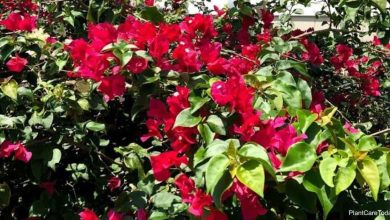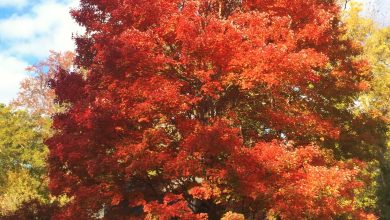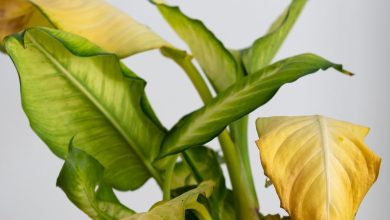Trellising and pruning of plants in the garden: what is it for?
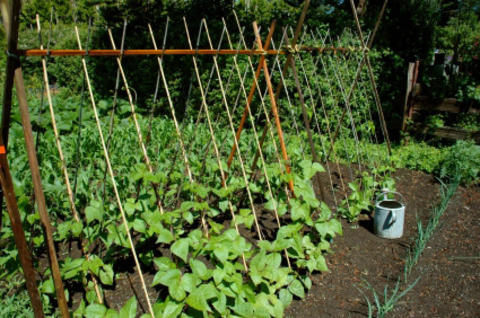
In this post I am going to talk to you a little about plant tutoring in our orchard. As we have seen in some other entries from our colleagues (Growing green beans in our garden, Growing tomatoes in the organic garden, The garden during the year), trellising is an almost essential and fundamental task that we must carry out in most plants. vegetables that we grow in our garden so that they have optimal growth.
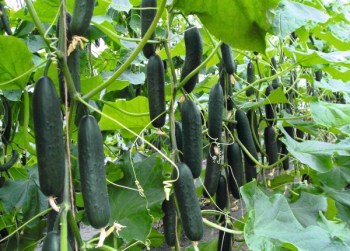
What is plant trellising?
The first thing we need to know is what tutoring is. This is the use of sticks, reeds, stakes,… near the plant in a vertical position so that it grows upright and does not remain lying on the ground, preventing the fruits from being stained, remaining healthy and with greater quality, improve management, make better use of the space in our orchard and the use of phytosanitary products and achieve greater lighting and ventilation.
There are different types of staking:
- Simple: stakes with biodegradable ropes (material extracted from raffia) hooked to the ceiling.
- Dutch: it is similar to the simple but in this case two stakes are used, one to go up and the other to go down. This doubles the length of the plant, up to about five meters.
- Danish: the stakes are not fixed, they are a cart that moves like a carousel as the plant grows. With this system, lengths of eight meters can be achieved in tomato plants.
These three methods are mainly used in greenhouses.
- Horizontal: it is done when the stems of the plants are very brittle as in peppers or aubergines.
- In chapel: it is V-shaped upside down.
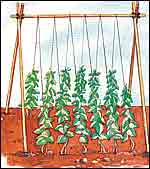
- In a tent: four tutor sticks are joined at a common point, resembling the structure of a tent.
These last two are the most widespread in tomato cultivation.
When should you tutor?
It should be done when the plants are approximately 25 or 30 cm tall (generally 2 months after having our plant in the garden) and are beginning to develop their branches. Doing it earlier could break the stem, and doing it later could be more difficult because the branches are already a bit thicker and less flexible.
Structures and materials needed
These two aspects will be very important when tutoring. We have to take into account that the structures must be strong and robust to support the weight of the plants and the force exerted by the wind.
The plant is fastened to the ropes with tweezers and to the sticks with raffia ropes, taking great care in the placement, otherwise the plant could be strangled. They are preferably placed on the flower stems and must remain loose so that the stem thickens without any adversity.
Luckily, the materials with which they are tied have evolved a lot in recent years, now materials are used that open and close as many times as desired without breaking, adjusting to the plant and being resistant to rain, humidity, high temperatures, etc In the past, any material that could be used was used, from pita strings to aluminum wires.
Rings to support
The trellising with these rings is simple and is placed very quickly, thus reducing labor time. It is also very cheap but can only be used during one production season.
It is ventilated to reduce plant diseases, it is non-slip and it is well attached to the plant, so we will not have to worry about it moving as the plant grows.
It could be said that it is the most cutting-edge in the field of plant trellising.
plant pruning
On numerous occasions, along with the trellising of the plants, pruning is carried out. Either to delay the production of annual crops or to eliminate aged organs in multi-year crops. Different types of pruning can be carried out on our plants, for example:
- Pinching pruning: consists of removing the last shoots that have come out, which makes the plant increase its leafiness. This technique is also widely used in bonsai.
- Pruning to eliminate lateral shoots: in this pruning, the lateral shoots that do not follow the path of the tutor, and that can reduce the vigor of our fruits, will be eliminated.
- Leafless pruning: possible dry leaves or excess leaves that can also reduce the vigor of our fruits will be removed.
To carry out our pruning tasks, we will need pruning shears, an instrument that, as this post (10 necessary tools for your garden) indicates, is one of the essential objects for having a garden.
This is all friends, I hope it will be of great help to you for your future crops.
All the best.

![Photo of Margarita Cuttings: [Grafts, Time, Rooting and Planting]](https://www.complete-gardening.com/wp-content/uploads/2022/08/margarita-cuttings-grafts-time-rooting-and-planting-390x220.jpg)
